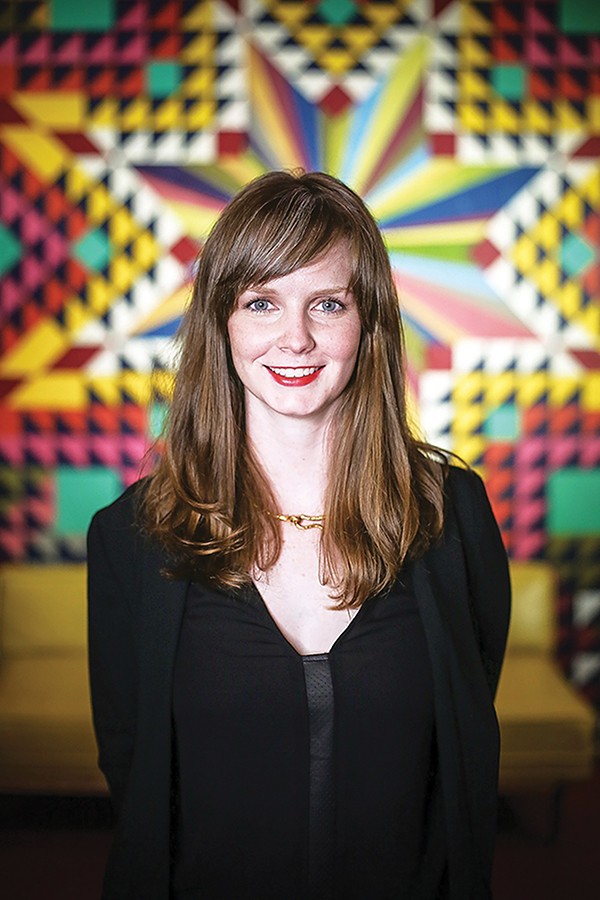The Memphis City Council is considering an ordinance that would change how public art dollars are spent by ensuring that a set percentage goes to local artists.
The key change of the ordinance, sponsored by council chairman Berlin Boyd, mandates that the UrbanArt Commission (UAC) awards 60 percent of dollars to local artists annually, rather than over a five year period as previously required.
Lauren Kennedy, executive director of the UAC, said she believes the primary goals of the changes — outside of the local artist allocation — are related to transparency of the program rather than its function. — Maya Smith

UrbanArts’ Lauren Kennedy
Memphis Flyer: Do you think the changes will be better for public art in Memphis?
Lauren Kennedy: I think that all of the discussions over the last number of months have improved public understanding of our processes to some extent and focused attention on the public art landscape in our city.
It is important to highlight that greater participation from the local artist community in the city’s public art program will not just happen because of the change to the annual mandate. Investments that will be made by UAC and other organizations over the next several years to develop resources and programs that support artists will be more meaningful in developing a greater arts ecosystem in the city.
MF: How will the UAC go about contracting more local, minority, and women artists?
LK: There is an incredible breadth of talent and creativity in Memphis, but the cross-section of local artists who are actively working in public spaces gets much smaller. Some calls to artists for city-funded projects will only be open to local artists, but it’s going to take more than that.
We often see greater responses from local artists on national calls quite simply because there are more places for those calls to be seen. We are having to develop new marketing strategies to share artist calls and leverage partnerships and relationships to help spread the word. Our team will also consistently provide workshop and training opportunities to help artists navigate the submission process.
For some artists, we recognize that we have to rebuild trust and relationships where artists have felt disenfranchised. Our team is here to understand what the barriers to applying might be for artists and to removing them and opening up the process.
MF: What does the future of UAC look like?
LK: This question is at the heart of the strategic planning process that we are undertaking over the next several months, and we look forward to sharing that in the summer. The board and staff at UAC are committed to being a greater resource to artists and neighborhoods and pushing for greater equity for artists and art experiences in our city.
We also remain focused on inserting Memphis into national dialogues around art and public space and supporting creative exchanges between artists working in different contexts and media. Memphis should not operate in a bubble, and we will continue exploring how to grow public art through all the avenues available to us.
See the full Q&A at memphisflyer.com